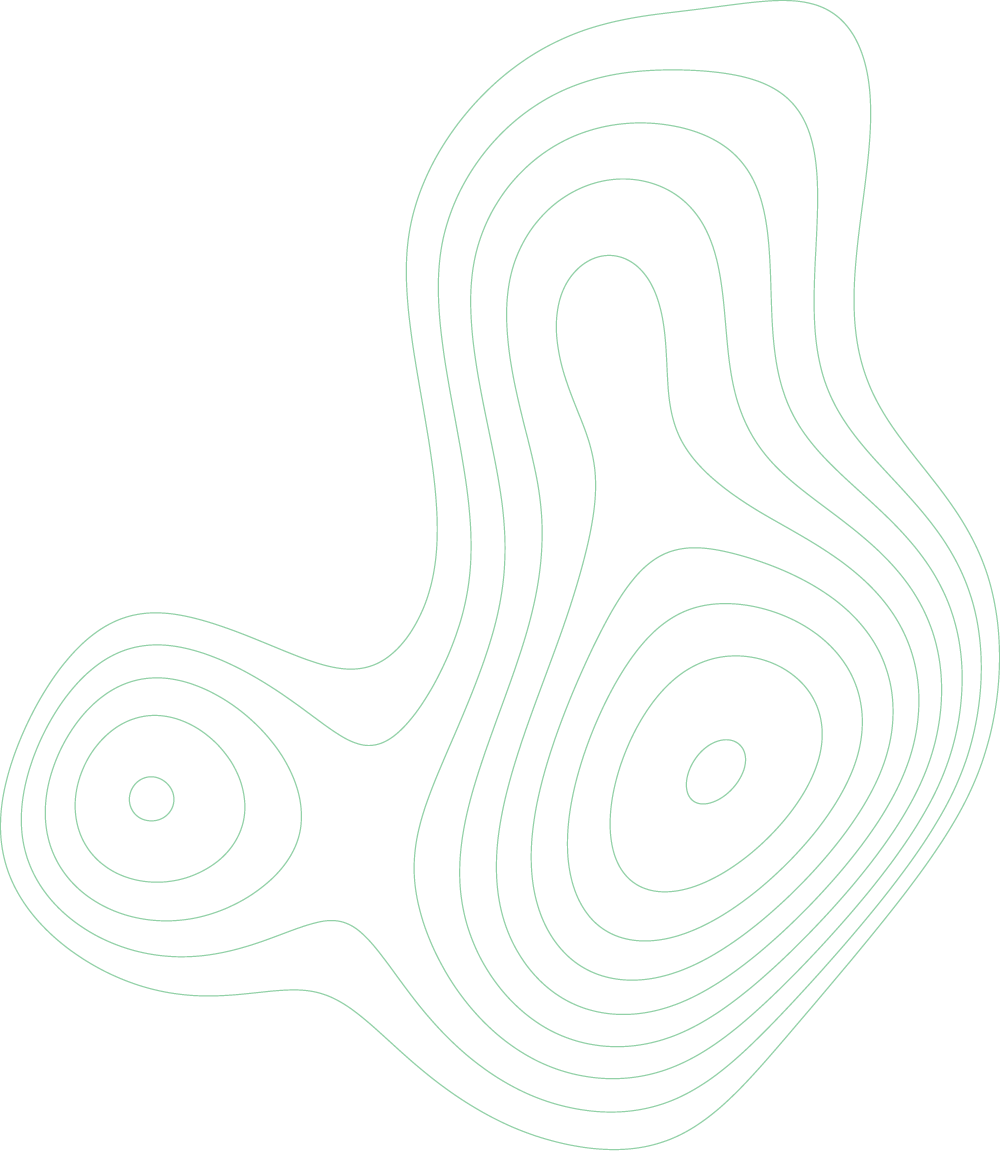
Better therapeutic outcomes using unique brain signals
Wes Thevathasan (left) joins DBS Tech as Chief Medical Officer.
improved therapies
Electroceutical therapies are an established treatment for neurological disorders. They work by delivering electric pulses generated and controlled by a sophisticated medical device to precisely located targets in neural circuits of organs, including the brain itself.
In collaboration with the Bionics Institute and our international partner, DBS Technologies is developing advanced techniques to harness unique brain signals to advance electroceutical therapies across a broad range of neurological disorders.
About DBS Tech
Deep Brain Stimulation Technologies Pty Ltd is a rapidly developing company owned by the Bionics Institute of Australia, founders, and private investors. DBS Tech was founded in 2019 and has grown to a team of 16 researchers and development engineers. Its mission is to benefit patients living with neurological disorders via commercialisation of research outcomes into innovative treatment devices. DBS Technologies collaborates closely with a major international partner that will provide the translational pathway into clinical applications worldwide.
The company’s science and development group is led by Professor Hugh McDermott and is based in East Melbourne. The practical activities are managed by the Chief Operating Officer, Dr Paul Minty.

Our current work
Parkinson’s disease is often treated with Deep Brain Stimulation (DBS) therapy, where a battery-operated medical device is surgically implanted to deliver electrical stimulation and reduce the symptoms of Parkinson’s disease. New technology developed at DBS Tech will improve accuracy of DBS electrode implantation and will eventually enable the device to automatically adapt stimulation levels to each patient’s varying needs.
DBS Tech’s work makes use of the discovery that certain neural clusters in the brain associated with Parkinson’s disease respond to electrical stimulation with a large signal called Evoked Resonant Neural Activity (ERNA).
The team developed a system that captures the ERNA signal, meaning surgeons will be able to implant DBS electrodes in anaesthetised patients with greater accuracy using the signal as a guide. This will transform the experience of patients who currently need to be awake during surgery to report on symptoms and guide placement of the electrode.
DBS Tech are also adapting this technique into an implantable device that uses the ERNA signal to automatically adapt stimulation levels to varying symptoms over time. This will significantly improve treatment effectiveness, which currently can’t be tailored to variations in symptoms, often resulting in too much or too little stimulation and poor symptom control.
Clinical studies
ERNA signal recordings have now been made in over 200 clinical study participants during surgery and DBS Tech has received approval to conduct a multi-centre study across Australia and in the UK. Investigations into the presence of ERNA-like signals in other regions of the brain in study participants living with other neurological disorders are also underway.
other achievements
Successful clinical trials run across multiple sites in Australia over more than five years
A strong portfolio of international patents
Research collaborations with the top two neurological research hospitals in the world
Winner of several major research and development grants
Peer-reviewed publications, including:
Lee WL, Ward N, Petoe M, Moorhead A, Lawson K, Xu SS, Bulluss K, Thevathasan W, McDermott H, Perera T, Detection of evoked resonant neural activity in Parkinson’s disease, Journal of Neural Engineering, 21(1), 2024.
Begg A, Louey MGY, Pearce P, Bulluss K, Thevathasan W, McDermott HJ, Perera T, Evaluation of the PaCER Algorithm for Postoperative Subthalamic Nucleus Deep Brain Stimulation Electrode Localization, 45th Annual International Conference of the IEEE Engineering in Medicine & Biology Society (EMBC), IEEE, 2023.
Thomas Tonroe, Hugh McDermott, Patrick Pearce, Nicola Acevedo, Wesley Thevathasan, San San Xu, Kristian Bulluss, Thushara Perera, Anatomical targeting for electrode localization in subthalamic nucleus deep brain stimulation: A comparative study, Journal of Neuroimaging, 2023.
San San Xu, Nicholas C. Sinclair, Kristian J. Bulluss, Thushara Perera, Wee-Lih Lee, Hugh J. McDermott, Wesley Thevathasan, Towards guided and automated programming of subthalamic area stimulation in Parkinson’s disease, Brain Communications, 2022.
San San Xu, Wee-Lih Lee, Thushara Perera, Nicholar C Sinclair, Kristian J Bulluss, Hugh J McDermott, Wesley Thevathasan, Can Brain Signals and anatomy refine contact choice for deep brain stimulation in Parkinson's disease? Journal of Neurology, Neurosurgery & Psychiatry, 2022.
Sinclair, N. C., McDermott, H. J., Lee, W., Xu, S. S., Acevedo, N., Begg, A., Perera, T., Thevathasan, W., & Bulluss, K. J., Electrically evoked and spontaneous neural activity in the subthalamic nucleus under general anesthesia, Journal of Neurosurgery, 2021.
Thevathasan W, Sinclair NC, Bulluss KJ, McDermott HJ, “Tailoring subthalamic nucleus deep brain stimulation for Parkinson’s disease using evoked resonant neural activity,” Frontiers in Human Neuroscience, 2020.
Sinclair NC, McDermott HJ, Fallon JB, Perera T, Brown P, Bulluss KJ, Thevathasan W, “Deep brain stimulation modulates high-frequency evoked and spontaneous neural activity,” Neurobiology of Disease, 2019.
Meet the Team
-

Professor Hugh McDermott
CHIEF SCIENTIFIC OFFICER
Hugh is a research biomedical engineer who holds over 30 patents. Hugh integrates the development of innovative research devices with the needs of clinicians and researchers.
-

A/Prof Wesley Thevathasan
CHIEF MEDICAL OFFICER
Wes is a Consultant Neurologist at The Royal Melbourne, Royal Children’s, Austin and St Vincent’s Hospitals in Melbourne and the Lions International Neurobionics Research Fellow at the Bionics Institute. Wes’s vision drives the teams research agenda.
-

Mr Kristian Bulluss
NEUROSURGICAL CONSULTANT
Kristian is a consultant neurosurgeon at St Vincent’s Private Hospital, and manages all neurosurgical conditions with a special interest in deep brain stimulation.
-

Dr San San Xu
RESEARCH NEUROLOGIST
San San is a fellow of the Royal Australian College of Physicians (Neurology). San San is one of the team’s clinical researchers.
-

Dr Paul Minty
CHIEF OPERATING OFFICER
Paul is a highly experienced engineering project manager and innovation expert.
-

A/Prof Matt Petoe
PRINCIPAL RESEARCH ENGINEER
Matt is a biomedical engineer with a keen interest in human perception, neuroscience and clinical research. Matt designs and builds our advanced research devices and operates them in surgery. Matt has a background in high-profile bionics research, including bionic eyes, and has a strong publishing record.
-

Dr Thushara Perera
LEAD DATA SCIENTIST
Thushara is an Honorary Fellow in the Medical Bionics Department, University of Melbourne. Thushara is an expert in the analysis of biomedical imaging and is hands-on with research device development, conducting clinical research and publishing papers.
-

Mr George Bartholomew
PRINCIPAL DEVELOPMENT ENGINEER
George uses his experience developing mission critical electronic systems across a variety of industries to lead the team in developing our research systems and testing to ensure maximum safety, reliability and effectiveness.
-

Dr Joy Tan
CLINICAL TRIAL COORDINATOR
Joy supports the management and governance of clinical trials across the organisation. She is an experienced physiotherapist with a special interest in movement disorders and Parkinson’s disease. Joy also assists with the clinical assessments of participants in the studies.
-

Dr Kiaran Lawson
LEAD SOFTWARE ENGINEER
Kiaran has multidisciplinary skills, with degrees in physics and mechatronic engineering, an aptitude for neural hardware interfacing, and a PhD in bio-inspired robotics. He leads development of research software to acquire neural signals and visualise effective electrode placement during and after neurosurgical procedures.
-

Mr Ash Moorhead
DEVELOPMENT ENGINEER
Ash is an electrical engineer specialising in biomedical devices. He designs, builds and tests advanced research devices for the team. Ash operates our unique research systems during surgical procedures.
-

Mr John Stanhope
CHAIRPERSON
John Stanhope’s career at Telstra Corporation spanned the period January 1967 to December 2011, a period of 45 years. He held a number of senior positions in the company during that time, his last position being that of Chief Financial Officer. John was also appointed as an Executive Director of the Telstra Board in May 2009 and he held that position until his retirement in December 2011.
John is currently Chancellor of Deakin University; Chair of the Port of Melbourne; Chair of the Melbourne International Jazz Festival; Chair of the Business Reporting Leaders Forum (BRLF); Chair of the Bionics Institute; Chair of DBST Pty Ltd; Chair of the GFBI; Convenor of the University Chancellors Council; and an Executive Coach with Foresight Global Coaching Group. John is also the former Chair of Australia Post and former Director of AGL.
John is a Fellow of the Australian Institute of Company Directors (FAICD); a Fellow of the Australian Human Resources Institute; a Fellow of the Australian Institute of Management (FAIM); a Fellow of Certified Management Accountant; a Fellow of the Australia Society of Certified Practicing Accountants (FCPA) and a Fellow of the Institute of Chartered Accountants (FCA).

Get in touch
DBS Tech
166 Victoria Parade
East Melbourne, Victoria 3002
AUSTRALIA
Reception: +613 8508 8150

